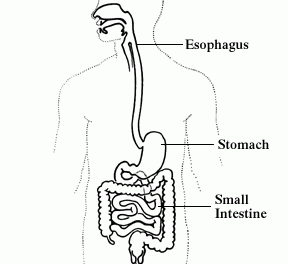For a person with diabetes, is a large bowl of lentil soup or a plate of pasta, for example, a healthy meal choice? Depending on several different factors, such as whether the patient is taking diabetes medication and what other carbohydrate foods will be eaten at the same meal, the answer could be yes or no. One of the best ways a patient can tell is to perform a blood sugar test about 2 hours after starting the meal, and find out if the level is higher than what his or her healthcare professional recommends.
Today, nearly two-thirds of the 12 million Americans diagnosed with type 2 diabetes have blood sugar levels that are out of control, putting them at risk for serious complications. Testing and controlling blood sugar, however, can help people with diabetes feel better and reduce their risk for complications like eye, nerve and kidney damage.
Recommending that patients test and control their blood sugar levels before meals is an important and common approach to helping manage diabetes. However, some doctors believe that testing and controlling after-meal blood sugars can be just as important for patients whose blood sugar is not under control. The reason is that testing blood sugar two hours after the start of a meal-about the time a person's blood sugar levels peak in response to food-can help diabetes patients understand the direct impact of the food they've just eaten on their blood sugar. This, in turn, can help patients make healthier food choices.
In addition, while some patients test and keep their pre-meal blood sugars well controlled, their overall control of their blood sugar, as measured by a lab test known as an A1c, may be too high. In these cases, because high after-meal blood sugar levels may be contributing to the poor A1c averages, the American Diabetes Association (ADA) suggests that such patients may benefit from incorporating some after-meal blood sugar testing into their treatment plan. According to the ADA, diabetes patients should aim for an A1c level of 7 percent or lower.
"Testing blood sugar around a meal-both before and two hours after-can really help diabetes patients better understand the true impact their food choices have had on their blood sugar," explains Lance Porter, editor of the monthly magazine Diabetes Positive! and author of the book, "28 Days to Diabetes Control!." "When patients learn which foods are most likely to cause after-meal spikes in their blood sugar levels, they can become better at preventing those spikes and keeping their sugar levels in a safe and healthy range."
Content Continues Below ⤵ ↷
A study published in Diabetes Care showed that testing blood sugar before and after meals on just two days a week-combined with standardized counseling and keeping a blood sugar/food diary-improved the patients' A1c levels (the major test for good diabetes control) significantly better than those not following such a program.
*The American Diabetes Association recommends that patients keep their A1c levels at 7.0 or lower.
Lifescan










